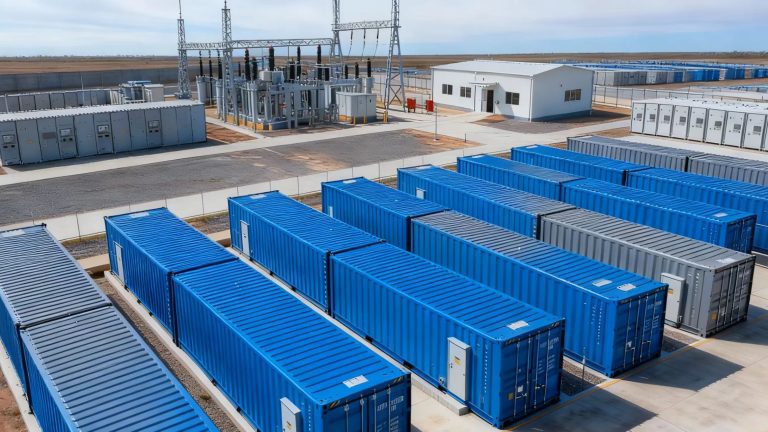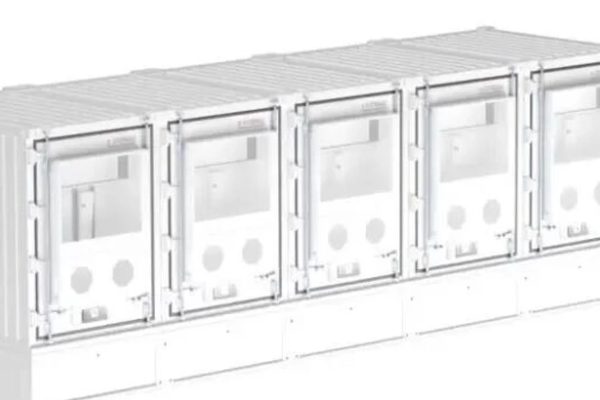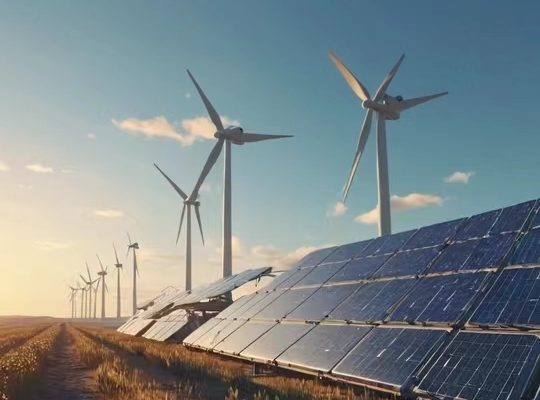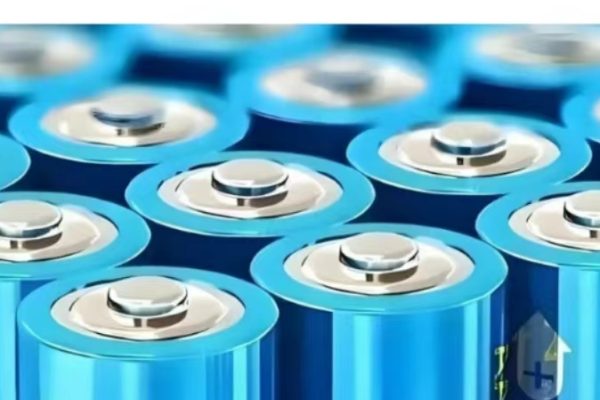A Practical Guide for Accurate and Efficient Energy Storage Procurement
In the fast-growing energy storage industry, one of the biggest challenges buyers face is communicating technical requirements clearly with suppliers — especially across different time zones, languages, and engineering standards.
Misunderstandings in system voltage, communication protocol, or battery type can cause costly delays, redesigns, or performance mismatches.
This article offers a step-by-step guide to help distributors, EPCs, and project developers effectively communicate ESS specifications, ensuring faster quoting, accurate production, and smoother delivery.
1. Why Clear Specification Communication Matters
Energy storage systems (ESS) combine multiple disciplines — electrical, mechanical, and software engineering.
Even a small misunderstanding (like AC vs. DC coupling or CAN vs. RS485 communication) can cause major issues in:
- System compatibility
- Warranty validity
- Project certification
- On-site commissioning
By communicating ESS specs precisely, buyers can:
✅ Get accurate quotations faster
✅ Avoid technical rework
✅ Reduce delivery risk
✅ Build long-term trust with suppliers
2. Start with Project Type and Application
Before sharing detailed parameters, describe how and where the ESS will be used.
Suppliers design systems differently for each scenario.
| Application Type | Description | Example Configuration |
|---|---|---|
| Residential | Backup + self-consumption | 5–10 kW inverter + 10–20 kWh battery |
| Commercial & Industrial | Load shifting, peak shaving | 50–500 kWh battery + 30–250 kW inverter |
| Off-Grid / Remote | Full independence | PV + Battery + Diesel hybrid |
| Telecom / Backup | Critical DC loads | 48V LFP battery rack |
| Utility-Scale | Containerized systems | 500 kW–2 MW PCS + 1–4 MWh battery |
🎯 Tip: Tell your supplier the main goal — backup, cost saving, or renewable integration — it defines system design priorities.
3. Define Electrical Specifications Clearly
⚡ System Voltage and Capacity
These are the foundation of any ESS quote.
Provide:
- Nominal system voltage: (e.g. 48V, 100V, 240V, 512V)
- Total capacity required: (e.g. 100 kWh usable energy)
- Discharge rate (C-rate): e.g. 0.5C continuous, 1C peak
📘 Example: “We need a 100 kWh, 512V DC system rated at 0.5C for continuous discharge.”
🔋 Battery Chemistry
Specify whether you prefer LFP (LiFePO₄) or NMC chemistry.
If unsure, ask for both options — most industrial suppliers can provide side-by-side comparisons.
| Parameter | LFP | NMC |
|---|---|---|
| Cycle Life | 4000–8000 | 2000–4000 |
| Safety | Excellent | Moderate |
| Energy Density | Lower | Higher |
| Typical Use | ESS | EVs |
⚙️ Inverter Compatibility
If you already have an inverter brand (e.g. Growatt, Deye, GoodWe, Victron, SMA), mention it.
The supplier will match BMS communication and connector types accordingly.
🧩 Note: BMS protocols (CAN/RS485) must be matched precisely to ensure inverter-battery communication.
4. Specify Physical and Installation Requirements
Suppliers can offer multiple form factors:
| Installation Type | Description | Example |
|---|---|---|
| Wall-Mounted | Compact residential use | 5–15 kWh battery packs |
| Rack-Mounted | Modular cabinets for C&I | 51.2V or 100V rack modules |
| All-in-One Cabinet | Integrated inverter + BMS + battery | 50–200 kWh outdoor system |
| Containerized | Turnkey MW-scale systems | 20ft or 40ft container ESS |
Include details such as:
- Available installation space (L×W×H)
- Indoor or outdoor use
- Cooling method: Air or liquid-cooled
- Protection rating: IP54 / IP65
📏 Example: “Outdoor installation under shelter, 50 kW inverter, IP54 minimum, footprint <2m².”
5. Define Communication and Control Interfaces
A common source of integration problems is communication mismatch between the inverter, BMS, and EMS.
Specify:
- Communication protocol (CAN / RS485 / Modbus TCP)
- Required monitoring system (Wi-Fi, Ethernet, or 4G)
- EMS or SCADA integration needs
- Whether remote monitoring is required for the client
💡 Tip: Ask your supplier to provide a Modbus map or communication protocol list for integration testing before shipment.
6. Clarify Performance Targets
Suppliers appreciate quantitative goals. Provide targets for:
- Cycle life expectation (e.g. >6000 cycles at 80% DoD)
- Operating temperature range
- Efficiency goal (round-trip ≥90%)
- Backup time or load duration
🧠 Example: “System should sustain 50 kW load for 4 hours (200 kWh usable), 6000+ cycles expected.”
7. List Certification and Compliance Needs
Depending on your region, ESS must meet specific standards.
| Region | Certification | Common Standards |
|---|---|---|
| Europe | CE / IEC | IEC62619, IEC62477 |
| USA | UL | UL9540, UL1973 |
| Australia | SAA / CEC | AS/NZS 5139 |
| Middle East / Africa | CE / ISO | IEC compliance accepted |
⚠️ Important: Always confirm if cell-level, pack-level, and system-level certifications are available.
8. Request a Standard Quotation Format
To compare multiple suppliers easily, ask them to quote using a standardized table:
| Item | Description | Quantity | Unit Price | Remarks |
|---|---|---|---|---|
| Battery Module | 51.2V 100Ah LFP | 20 | USD xxx | With BMS |
| Inverter | 50 kW Hybrid | 1 | USD xxx | Wi-Fi monitoring |
| Accessories | Cables, breakers | 1 set | USD xxx | — |
| Shipping | To Port | — | USD xxx | — |
This helps ensure all technical and commercial offers are apples-to-apples comparable.
9. Verify Technical Drawings and Data Sheets
Before confirming your purchase order (PO):
✅ Request datasheets, circuit diagrams, and layout drawings.
✅ Confirm connector type, communication port, and battery parallel limits.
✅ Review EMS interface screenshots if available.
📎 Tip: For large projects, request a single-line diagram (SLD) — it visually confirms system voltage, load distribution, and safety devices.
10. Communicate Quality and Testing Expectations
Professional ESS suppliers provide standard testing reports, including:
- Battery cell test (capacity, impedance)
- Pack aging report
- Inverter function test
- Full system FAT (Factory Acceptance Test)
Specify if you require:
- Video FAT before shipment
- Third-party inspection
- Serial number traceability
This ensures consistency between prototypes, samples, and mass production.
11. Common Communication Mistakes to Avoid
❌ Using “5 kWh system” without specifying voltage or inverter type
❌ Forgetting to mention whether system is grid-tied or off-grid
❌ Not providing backup time or load details
❌ Assuming supplier knows your local certification needs
❌ Mixing product standards from different regions
🚫 Example: “I need a 10 kW battery” — too vague.
✅ Correct: “I need a 10 kW hybrid inverter + 20 kWh 51.2V LFP battery, CAN communication, CE-certified, wall-mounted.”
12. Build Long-Term Supplier Communication Habits
Successful buyers treat their ESS suppliers as technical partners, not just product vendors.
Maintain ongoing collaboration by:
- Providing installation feedback and field data
- Scheduling quarterly product reviews
- Co-developing new configurations for local market trends
- Sharing end-customer requirements (voltage, tariff structure, certifications)
🤝 Tip: A transparent relationship helps suppliers optimize configurations for your local market faster and more accurately.
Clear, structured communication is the foundation of successful energy storage procurement.
When buyers define their application, voltage, chemistry, communication, and certification requirements precisely, suppliers can:
✅ Quote faster
✅ Configure accurately
✅ Deliver more reliable systems
In the rapidly expanding solar + storage market, the best-performing distributors and EPCs are those who master technical communication — bridging global engineering standards with local project realities.
The more clearly you define your ESS specs, the better your system will perform — on paper, in the factory, and in the field.









